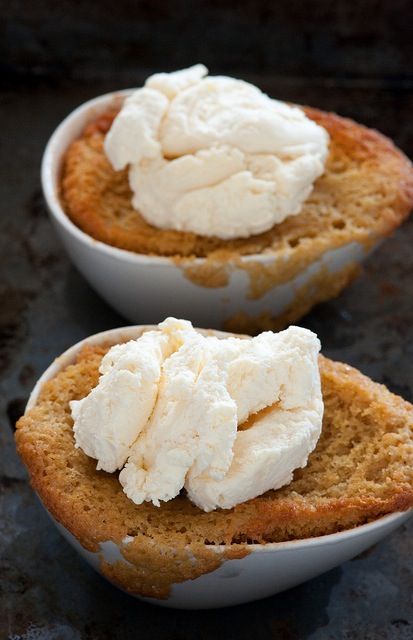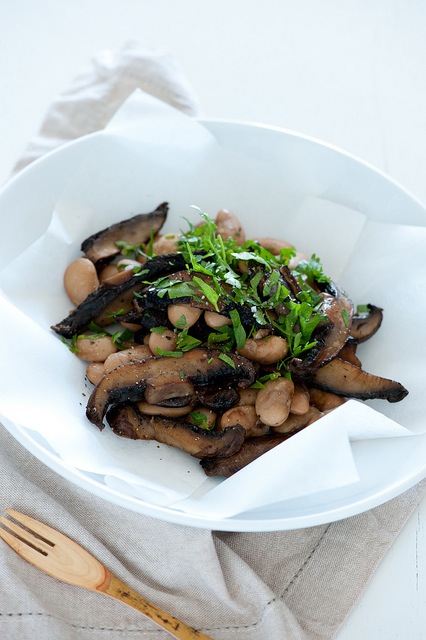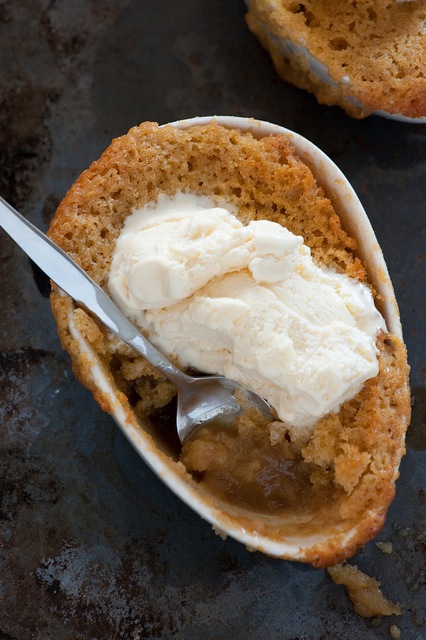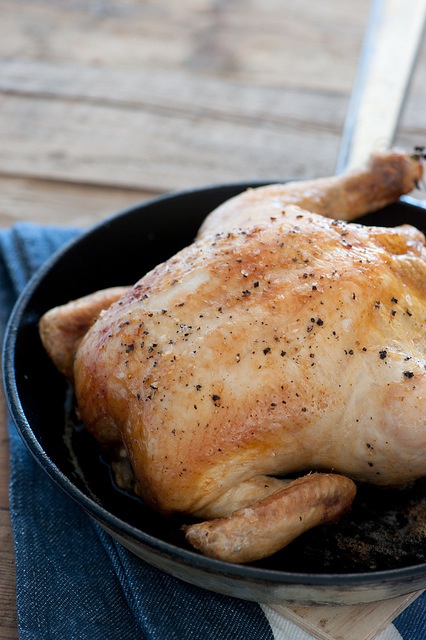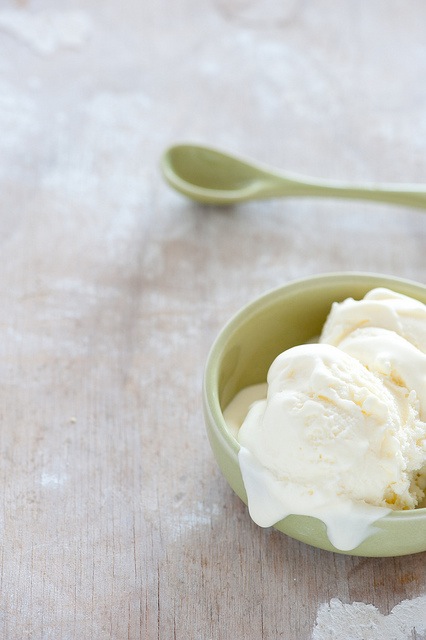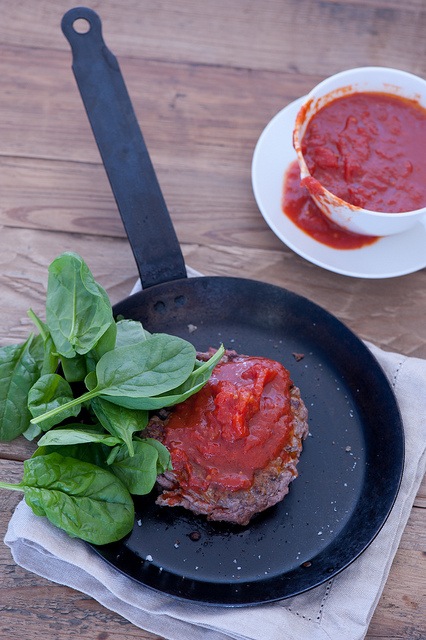Introduction
Have you ever come across mouthwatering food photos that make you want to dig right in? The secret to capturing such mesmerizing images lies in mastering the art of food styling. Food styling is the technique of making food look as appealing as possible. If you’re ready to take your food photography to the next level, then this article has got you covered. In this detailed guide, we will share nine essential tips and techniques for incredible food styling results.
Tip 1: Use less food than you normally would
When it comes to food styling, less is often more. Instead of piling plates high with food, it’s crucial to create a minimalist arrangement. Overcrowding the plate can actually make it appear less appetizing. Therefore, a small amount of each food item should be added to the arrangement. This will create ample space, which can be enhanced with the addition of cutlery, napkins, cups, and garnishes. It’s important to remember that this principle applies to props as well – keep it simple and avoid going overboard.
Tip 2: Add texture to plates and bowls
Smooth and shiny plates and bowls often pose a challenge in food photography. They can create difficult lighting situations and lack visual texture. To overcome this, try adding a layer of parchment or baking paper to the plates. This not only introduces texture but also prevents unwanted highlights caused by shine. Care should be taken to ensure that the paper’s positioning does not obstruct the food or appear too wrinkled, as it may compromise the overall appeal of the dish.
Tip 3: Create background contrast
While white plates on a white background can be visually striking, it’s recommended to opt for contrast when it comes to food styling. Placing a white plate on a dark wooden background or using darker plates on a white background can create a visually appealing contrast. The food itself should also contrast with the background. If the food is vibrant and colorful, a simple white background can enhance its visual impact. On the other hand, if the food is relatively plain, a dark textured background can add depth and interest to the composition.
Tip 4: Allow food to spill over naturally
While neat and tidy food arrangements have their place, incorporating deliberate mess can elevate the visual appeal of a food photo. Spilled sauce or breadcrumbs can add movement and life to an image that would otherwise feel sterile. The spills can be strategically placed to create lines that lead the viewer’s gaze from one plate to another. However, the spills should be controlled and visually pleasing, without becoming distracting or overwhelming the composition.
Tip 5: Choose simple crockery and tableware
When selecting props for food photography, it’s important to choose items that enhance the composition without overpowering the food itself. Highly decorative china and elaborate silverware might be beautiful on their own but can draw attention away from the main subject. It’s best to opt for simple crockery, plain colors, and designs that allow the food to take center stage. Keeping the props minimalistic ensures that the focus remains on the deliciousness of the dish.
Tip 6: Emphasize the natural beauty of the food
To create visually appealing food compositions, it’s essential to consider what makes a particular dish enticing. The arrangement should revolve around showcasing the key elements that make the dish delicious. For example, if photographing a brownie with a soft chocolate center, breaking it up to reveal the gooey inside and placing it on a white plate in the center can be visually captivating. Complement the dish with appropriate props such as a fork and napkin to guide the viewer’s attention towards the main subject.
Tip 7: Style some work-in-progress shots
Food photography is not limited to capturing final plated dishes. There are remarkable opportunities to style shots during the cooking process. For instance, compositions can be created using raw ingredients, highlighting the messiness and authenticity of the cooking experience. Cooling food after it comes out of the oven can also serve as an interesting subject. Be creative with the locations and utilize the same styling techniques mentioned previously to capture unique and captivating images.
Tip 8: Always be on the lookout for ideas
While it’s perfectly fine to develop your signature food styling arrangements, it’s also important to explore new ideas and styles. Constantly seeking inspiration will help you expand your creative boundaries. Explore cookbooks and food magazines, paying attention to compositions that catch your eye. Build a list of ideas to try out in your own way, adjusting and adapting them to create a fresh and unique look. Pinterest can also serve as a valuable source of inspiration, where you can curate a dedicated board to collect your favorite food styling examples.
Tip 9: Style the food after it’s been served
One final trick that can elevate your food photography is to go beyond just arranging uneaten food. After capturing work-in-progress compositions and a final plated shot, serve a portion of the food. This can be a slice of cake or pasta, for instance. Capturing another arrangement that highlights the served or missing food often creates a more enticing and relatable image. The imperfections and remnants of a half-finished plate can evoke a sense of anticipation and enhance the overall appeal.
Conclusion
Mastering food styling is a crucial aspect of achieving captivating food photography. By employing the nine tips and techniques discussed in this article, you can take your food styling skills to the next level. Remember to use less food, add texture to plates, create background contrast, incorporate deliberate spills, choose simple props, emphasize the natural beauty of the food, style work-in-progress shots, seek inspiration from various sources, and capture the food after it has been served. With practice and experimentation, you’ll be able to refine your food styling techniques and capture fantastic images that leave viewers hungry for more.
The article is compiled and compiled by tipcamera.com


